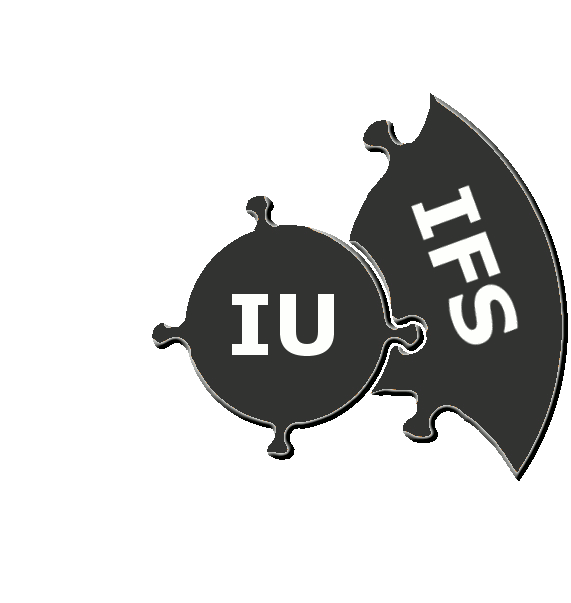Market Leaders Fact Sheets
Investors are familiar with the rewards of a bull market (rising prices) and the pain of bear markets (falling prices). However, most are not familiar with the striking difference between secular bulls and bear markets. A new secular bull market (a two decade period of generally rising prices) that will include a series of cyclical bull and bear markets (shorter intermediate term moves of ring and falling prices). But for you to grasp just how rare and significant this secular bull can be to your financial future, a better understanding is needed. In our latest book, “Dow 85000! Aim Higher!” we have introduced in detail four different active rule based indexes. The STIR Indexes have a goal to perform better, three times (3X) better than the 700% gain in the market in this new secular bull lasting until at least 2030. A 2100% gain is a possible goal if you perform 50% better in the rising markets and lose no more than the market during the declines. Index performance is hypothetical because investors cannot invest directly into an index. While actually strategies may closely track an index, there will be differences due to many factors, primarily transaction costs and advisory fees.
Sector Growth Monthly Index
The Sector Growth Index is an active index that focuses on opportunities in sector funds. Each sector has unique characteristics and a different risk profile. When a leading sector’s Individual Fund Signal (IFS) is on a sell, that 25% allocation to the Index is moved to a defensive position, either money markets or aggregate bond. The Sector Growth Index can move from 100% invested to 0% equity allocation in 25% increments depending upon the sectors Individual Fund Signal (IFS).
Sector Growth Index
The Sector Growth Index is an active index that focuses on opportunities in sector funds. Each sector has unique characteristics and a different risk profile. When a leading sector’s Individual Fund Signal (IFS) is on a sell, that 25% allocation to the Index is moved to a defensive position, either money markets or aggregate bond. The Sector Growth Index can move from 100% invested to 0% equity allocation in 25% increments depending upon the sectors Individual Fund Signal (IFS).
Market Leaders Index
A flexible diversified equity portfolio by analyzing 8 different asset classes to identify the leading asset classes for portfolio inclusion and performance. This is a flexible portfolio that will change its allocations upon changes in the economy and market trends. STIR through quantitative analysis of: 6 domestic style boxes and 2 internationals, is seeking to find the leaders and learning what to avoid. Capital preservation is equally important; during perceived major market declines, reviewed weekly, a defensive allocation of a 50% bond position will be employed.
Market Leaders Conservative
A flexible diversified portfolio by analyzing 8 different asset classes to identify the leading asset classes for portfolio inclusion and performance. This is a flexible portfolio that will change its allocations upon changes in the economy and market trends. STIR through quantitative analysis of: 6 domestic style boxes and 2 internationals, is seeking to find the leaders and learning what to avoid. Capital preservation is equally important; during perceived major market declines, reviewed weekly, a defensive allocation of 20% equity / 80% bonds will be employed.
Market Leaders Growth
By analyzing 8 different asset classes to identify the leading asset classes for portfolio inclusion and performance, this is a flexible portfolio that will change its allocations upon changes in the economy and market trends. STIR through quantitative analysis of: 6 domestic style boxes and 2 internationals, is seeking to find the leaders and learning what to avoid. Capital preservation is equally important; during perceived major market declines, reviewed weekly, a defensive allocation of 40% equity / 60% bonds will be employed.
Ultra Sector Index
The Ultra Sector Index focuses on identifying the leading sectors using the predictive power of persistency in price, on a quarterly basis, owning the four leading growth sectors in up trends from a universe of thirteen sectors. The Ultra Sector Index is risked managed employing two levels of time tested quantitative analysis: the Index can vary from 200% to 0% moving in 25% to 50% increments. Applying leverage (2X) only if the Individual Fund Signal (IFS) is positive and the STIR Market Environment Indicator (MEI) is also positive. This rule based Index combines three levels of quantitative analysis: relative strength, specific sector trend and overall market direction.
Ultra Market Leaders Index
The Ultra Market Leaders Index is a global allocation focusing on owning the four leading asset classes in up trends, a 1X position and moving to ultra’s, 2X, when also in a confirmed overall market environment with the ability to move to 100% defense in falling markets. The Ultra Market Leaders Index is based on over two decades of experience in asset class analysis and four decades in quantitative market analysis. This rule based Index combines three levels of quantitative analysis: relative strength, specific asset class trend and overall market direction.
Market Leaders Moderate
This is a flexible portfolio that will change its allocations upon changes in the economy and market trends. STIR through quantitative analysis of: 6 domestic style boxes and 2 internationals, is seeking to find the leaders and learning what to avoid. Capital preservation is equally important; during perceived major market declines, reviewed weekly, a defensive allocation of 30% equity / 70% bonds will be employed.
Tactical Equity Income Index
The STIR Tactical Equity Income index is an active rule based conservative Index with the goal of outperforming bonds. The bond market is entering a new secular bear market, with rising yields and falling prices. The Tactical Equity Income Index is designed as an alternative to the typical bond allocation. The STIR Tactical Equity Income Index strives to provide low volatility (higher than bonds but lower than equities) and a total return (dividend income plus capital appreciation) greater than bonds by investing in large and midcap pure value funds/ETF's.
Market Leaders Rotational
MLROT is a broadly diversified portfolio. STIR monitors the performance of a short term Target Date/Life Style Fund (with more bonds & less equities) and a long term Target Date/Life Style Fund (with more equities & less bonds). During a perceived declining market, STIR will rotate into a short term Target Date/Life Style Fund, which will have greater exposure to more defensive bond positions.

















